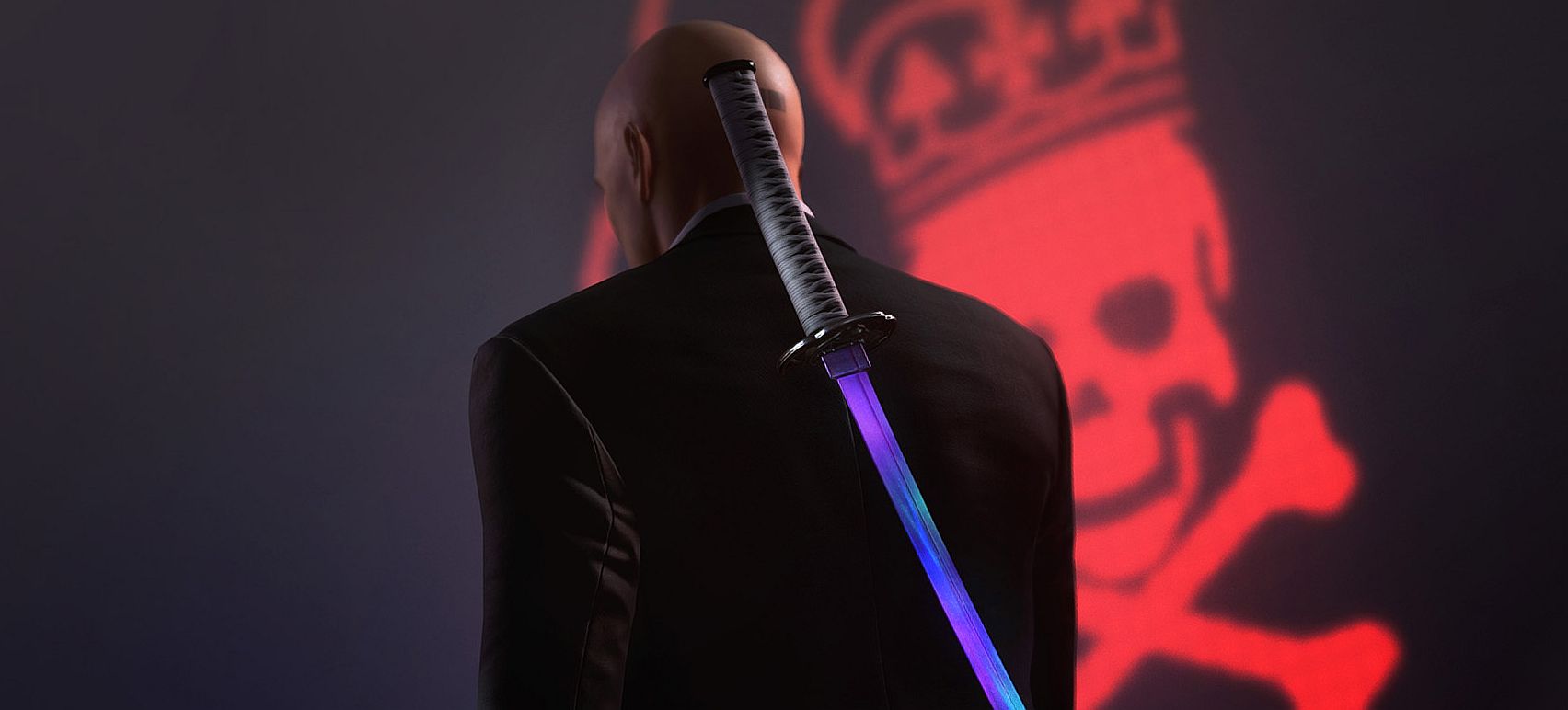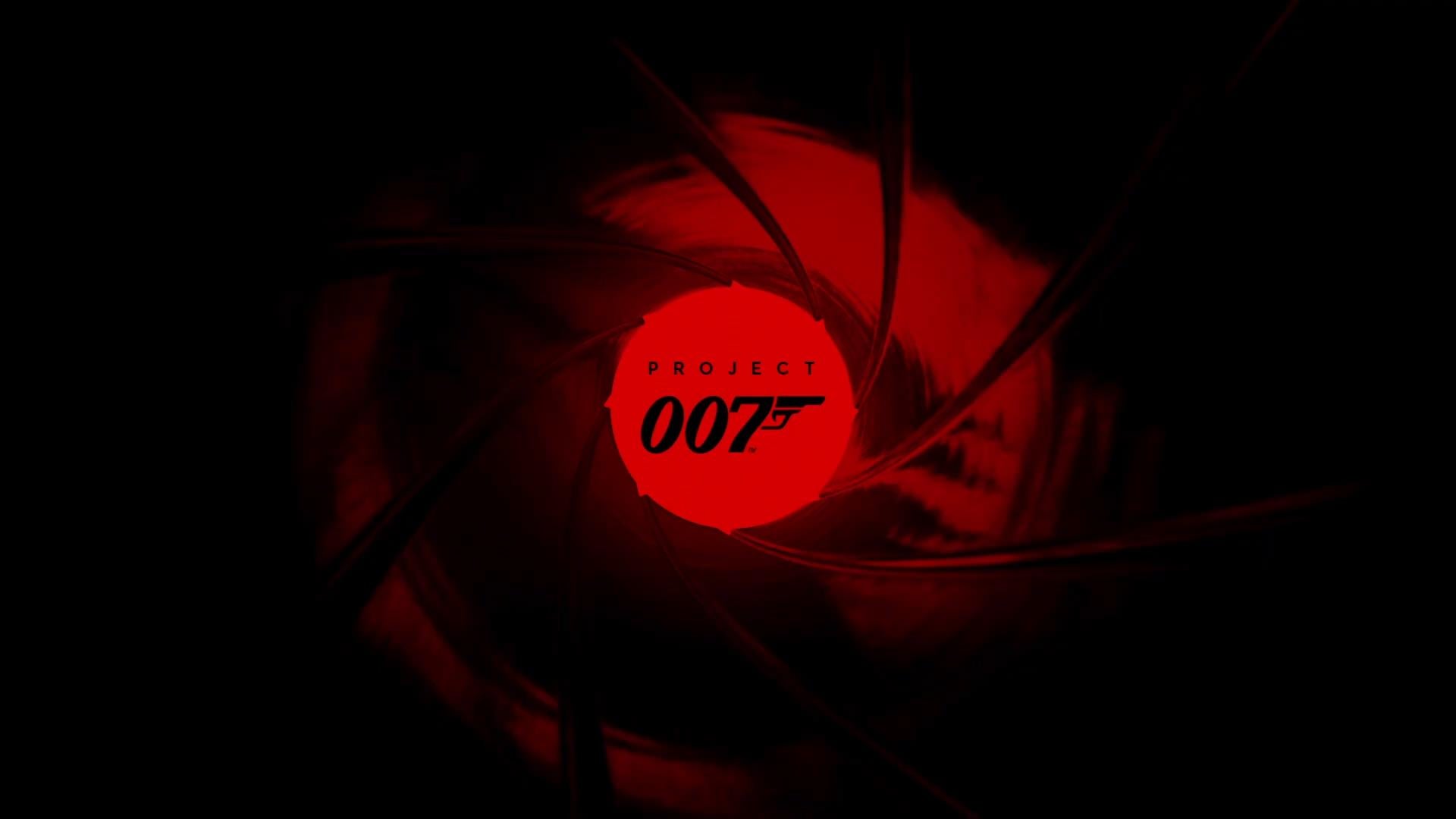At the time (and indeed still now), most people compare M:I 64 to GoldenEye 64. After all, both were near-launch Nintendo 64 games, based on recent movies about globe-trotting spies with their cinematic roots in the sixties. It’s difficult to ignore the obvious points in common. And yet, these two games actually couldn’t be more different. GoldenEye is first person; M:I is third. GoldenEye is really a shooter – a descendant of Doom – with some spy sprinkles on top. M:I is more like an action-adventure game, with guns and explosions, but largely focused on the more nuanced art of spycraft. So, while both games feature open-ended objectives that can often be completed in a non-linear order, it’s only in Mission: Impossible that you’re encouraged to take care and work with a level of restraint that, especially in the 90s, was far from the norm in action video games. If you shoot off willy-nilly, you’ll either alert so many guards you can’t escape, or accidentally hit innocents and fail the mission that way. I don’t want to heap too much praise on M:I 64, lest one of you hop on eBay and buy an overpriced copy for an extortionate price. It’s… fine. In a battle with GoldenEye, it loses every time, and it probably isn’t even as good as the Metal Gear-like NES Mission: Impossible game, if I’m being honest. At the time it just wasn’t as technically proficient as GoldenEye; it’s a real poster child of the foggy environments and low frame rates that embodied much of that console’s output. A later PlayStation port is better in some ways, worse in others, and generally more or less equal. Gameplay-wise, it’s less balanced and doesn’t hold up as well as GoldenEye… and yet, it’s still a game I think about from time to time. It’s still a game I’ll happily replay. Part of that is because… there just aren’t enough spy games. Like I said, this was a game that had guns and action, but a lot of it was about meandering around levels while trying to remain undetected. When violence broke out, it was often short and sharp. Instead, it’s more about how to reach somewhere specific, steal a certain item, hack a terminal, plant explosives, or even take out a specific target. In fact, these days the closest proxy to this sort of game is IO Interactive’s Hitman. Replaying M:I 64’s iconic second level set in an open-ended representation of the Russian Embassy in Prague has shades of levels like Hitman’s Paris; where you’re working your way deeper into the inner workings of a hostile environment, using disguises (here represented by M:I’s famed face masks, rather than just a change of clothes), talking to people, poisoning drinks, and slowly working your way towards your objective while also planting seeds that’ll help you to make a clean escape along the way. By modern standards M:I’s levels aren’t all that big, but at the time they felt huge and impressive. They also took on a different feel to GoldenEye’s corridors and arena rooms – they felt more like real, tangible spaces, somehow. Even with all that fog. In that sense, the level design feels like a more direct, vastly simpler precursor to Hitman’s purposeful, watchmaker-like level design. But there is a crucial difference. Agent 47 is – well, it’s in the name. He’s a hitman. Occasionally the objectives in that game veer off in the direction of tangential activities, and if you’re going for the best rank you might also need to take actions like deleting CCTV evidence – but 47 isn’t a spy. And so few of the activities he’s up to feel like espionage. Or to put it another way: for 47, the espionage and subterfuge is a means to an end – to a murder. I think the same is true about Snake in Metal Gear, especially in later games that became more heavily laden with further mechanics and more natural shooting. Splinter Cell scratched this itch a bit, but as the series wore on it took more of an action bent – and besides, Sam Fisher never gets to dress up and schmooze at a dinner party, does he? And I think that’s what I still miss in video games; a game where espionage is truly the point. Few games have satisfied this yearning; M:I 64 is one - so too is the sublime and enormously underrated Alpha Protocol. But these games are rare. Not even a new Mission: Impossible game would fix this, really. That franchise started off as a relatively straightforward spy/action thriller starring a popular 90s face; it’s now a more action-focused affair largely built around allowing Tom Cruise to learn some new incredible feat that he can pull off alone, without a stuntman. Which is impressive – but it’s not the basis for a great spy video game. Naturally, this has me thinking about IO Interactive’s next project; a James Bond video game where they’ll cast their own, gaming-specific Bond and build him a universe all his own. In film, Bond has run the gamut – some entries are heavier on the espionage than others – but one thing that Bond boss Barbara Broccoli has criticized past Bond games for is being too gleefully violent (which really has its roots in GoldenEye’s break-out success as a full-blooded FPS). With Hitman, IO has proved that it can make a third person game about killing and assassination that isn’t death-a-minute – that’s about planning, forethought, and the gentle, thrilling burn of trying not to get caught. Which, to some degree, is what M:I 64 was about. I just hope that their Bond, or some other big-budget game soon, leans into the spying and gives us that thrill in a more espionage-focused flavor. In the meantime, though, we’ll always have janky old Mission: Impossible for N64 and PS1. Some of my love for it is undoubtedly rose-tinted glasses – but I really do think it’s one of the most film-spy accurate experiences in games. Even 24 years later.


